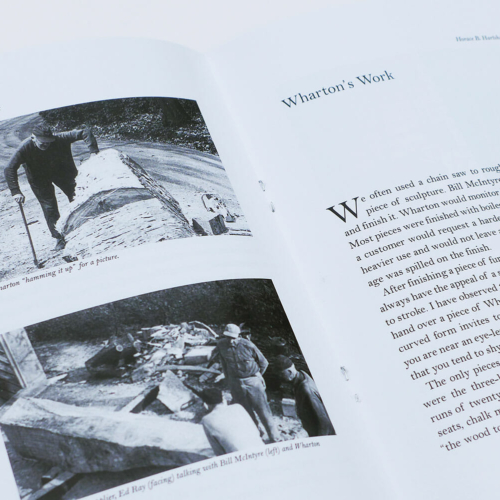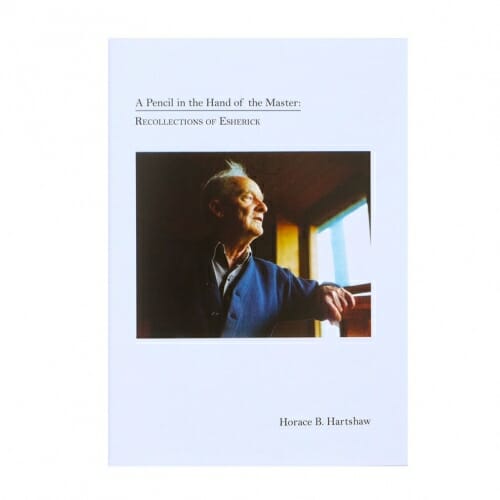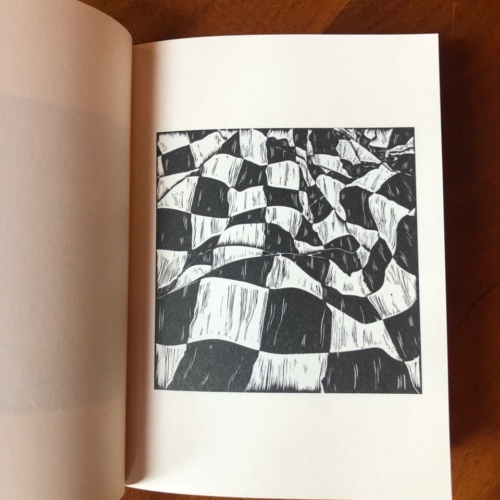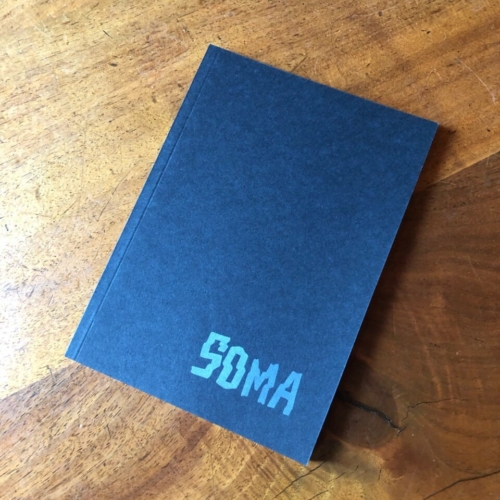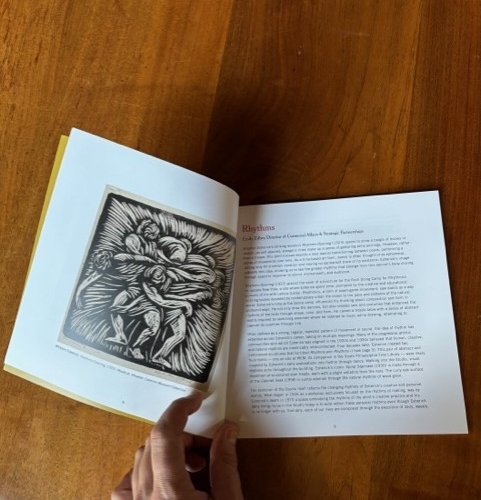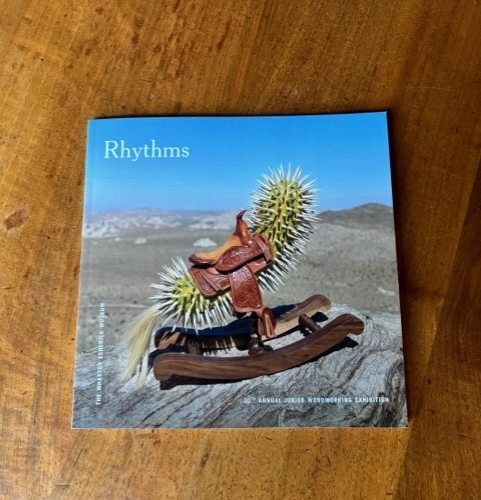-
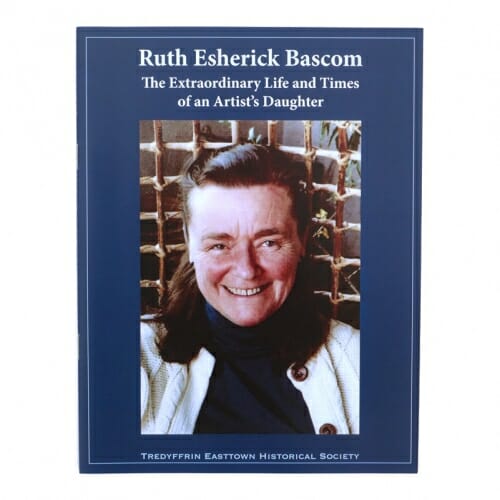 The Society was very pleased to have the opportunity to collaborate with Bob Bascom and the Wharton Esherick Society staff in the production of this special publication and celebrates the life of a truly remarkable woman, and shares some of the stories from her lifelong relationship with her beloved husband, their family, and the community.
The Society was very pleased to have the opportunity to collaborate with Bob Bascom and the Wharton Esherick Society staff in the production of this special publication and celebrates the life of a truly remarkable woman, and shares some of the stories from her lifelong relationship with her beloved husband, their family, and the community. -
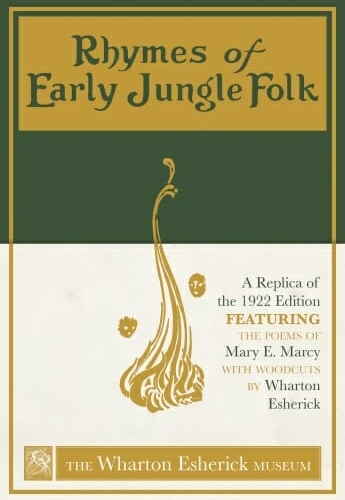 This facsimile edition of a 1922 children’s book features seventy-three dynamic and whimsical woodcut illustrations—the first woodcuts that the famed American craftsman Wharton Esherick produced. A high-quality replica authorized by the Wharton Esherick Museum, this book reveals the foundation of Esherick’s direction as an artist. Edited by Museum director Paul Eisenhauer, it also features a foreword by Museum assistant curator Laura Heemer. The illustrations frame verses that introduce children to the principles of evolution, a highly controversial topic at the time: the book was published three years before the famous Scopes “Monkey” trial of 1925 that resulted in the inclusion of the teaching of evolution in public schools. Drawn by the excitement of the controversy, Esherick threw his passion into these illustrations. Afterward he would go on to carve over 300 woodcuts, leading to decorative carving, and ultimately, to Esherick’s realization that he was a sculptor rather than a painter.
This facsimile edition of a 1922 children’s book features seventy-three dynamic and whimsical woodcut illustrations—the first woodcuts that the famed American craftsman Wharton Esherick produced. A high-quality replica authorized by the Wharton Esherick Museum, this book reveals the foundation of Esherick’s direction as an artist. Edited by Museum director Paul Eisenhauer, it also features a foreword by Museum assistant curator Laura Heemer. The illustrations frame verses that introduce children to the principles of evolution, a highly controversial topic at the time: the book was published three years before the famous Scopes “Monkey” trial of 1925 that resulted in the inclusion of the teaching of evolution in public schools. Drawn by the excitement of the controversy, Esherick threw his passion into these illustrations. Afterward he would go on to carve over 300 woodcuts, leading to decorative carving, and ultimately, to Esherick’s realization that he was a sculptor rather than a painter. -
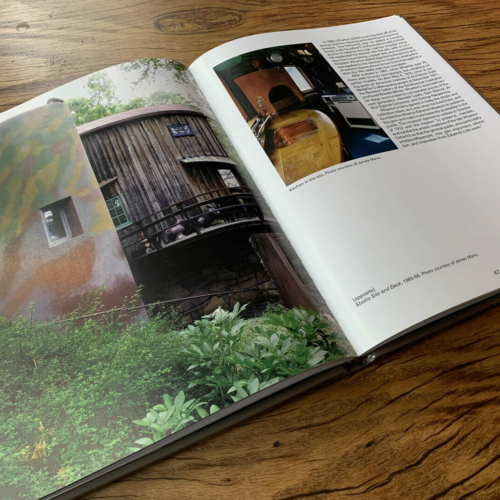
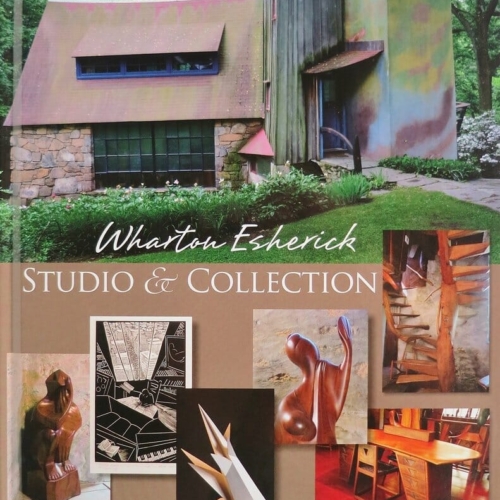 Artist Wharton Esherick (1887-1970) is best known for his sculptural wood pieces and the way he applied the principles of sculpture to designs for functional objects. His pioneering work has made him an inspiration to fine woodworkers worldwide, helping to elevate the medium from craft to major art museums. Much of Esherick’s work is now on display in this rural studio he built on a hillside in Pennsylvania. This catalog documents, with beautiful color photography, more than 130 paintings, woodblock prints, sculpture, and utilitarian objects found at the Wharton Esherick Museum. One gains an appreciation for the range and depth of Esherick’s work when these pieces can be studied individually.
Artist Wharton Esherick (1887-1970) is best known for his sculptural wood pieces and the way he applied the principles of sculpture to designs for functional objects. His pioneering work has made him an inspiration to fine woodworkers worldwide, helping to elevate the medium from craft to major art museums. Much of Esherick’s work is now on display in this rural studio he built on a hillside in Pennsylvania. This catalog documents, with beautiful color photography, more than 130 paintings, woodblock prints, sculpture, and utilitarian objects found at the Wharton Esherick Museum. One gains an appreciation for the range and depth of Esherick’s work when these pieces can be studied individually. -
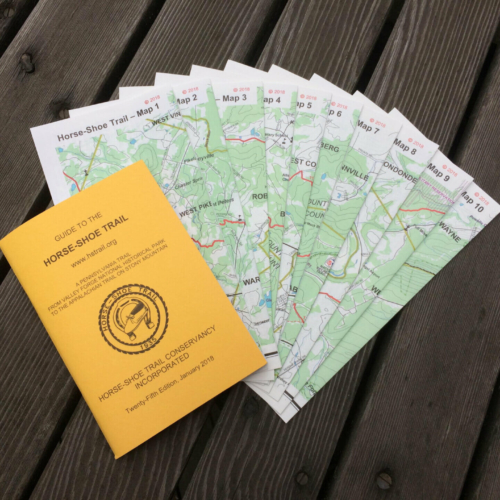 2018 edition of the Horse-Shoe Trail Guidebook with 10 full-color topographical maps. The Horse-Shoe Trail is a public trail for hiking and horseback riding. It begins in Valley Forge and continues westward for over 140 miles to its junction with the Appalachian Trail on the crest of Stony Mountain north of Hershey. This trail guide, along with a complete set of maps, is a valuable resource for planning your hike on this historic trail. The guide is 73 pages long and contains 10 fold out topographical maps showing the route of the trail.
2018 edition of the Horse-Shoe Trail Guidebook with 10 full-color topographical maps. The Horse-Shoe Trail is a public trail for hiking and horseback riding. It begins in Valley Forge and continues westward for over 140 miles to its junction with the Appalachian Trail on the crest of Stony Mountain north of Hershey. This trail guide, along with a complete set of maps, is a valuable resource for planning your hike on this historic trail. The guide is 73 pages long and contains 10 fold out topographical maps showing the route of the trail. -
Out of stock

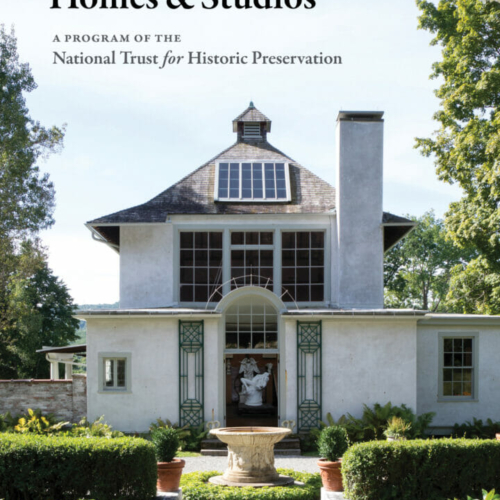
Established in 1999, Historic Artists’ Homes and Studios (HAHS), a program of the National Trust for Historic Preservation, is a coalition of museums throughout the country that were the homes and studios of American artists. From the desert vistas of Georgia O’Keeffe’s New Mexico ranch to Winslow Homer’s studio on the rocky, windswept coast of southern Maine, the homes and studios in the network are sites of extraordinary creativity. The Wharton Esherick Museum is proud to be a founding HAHS member, and a site featured in this publication.
Guide to Historic Artists’ Homes & Studios is the first guidebook to the network, conveying each artist’s visual legacy and setting each site in the context of its architecture and landscape, which often were designed by the artists themselves. Through portraits, artwork, and site photos, discover the powerful influence of place on American greats such as Andrew Wyeth, Grant Wood, Lee Krasner, and Donald Judd, as well as lesser-known but equally creative figures who made important contributions to cultural history---multimedia artist James Castle, photographer Alice Austen, and muralist Clementine Hunter among them.
Organized by region Guide to Historic Artists’ Homes & Studios weaves the history of the sites’ architecture and landscape with the artists’ biographies and their visual legacy. The guide features portraits of the artists, examples of their artwork, site descriptions, and photographs as well as visitor information and a site map.
Guide to Historic Artists’ Homes & Studios: A Program of the National Trust for Historic PreservationBy Valerie A. Balint | Foreword by Wanda M. Corn, Preface by Donna Hassler and Katherine Malone-France
Publication date: June 2, 2020. Paperback with flaps. 256 pages. 225 Color & B+W photographs.Cover photo by Don Freeman, 2019
-
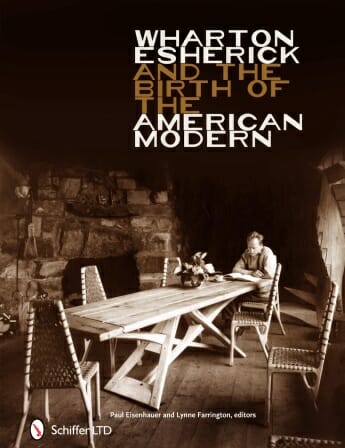 Wharton Esherick and the Birth of the American Modern explores Esherick’s artistic evolution during the early decades of the twentieth century, culminating in the exhibition of his work as part of the Pennsylvania Hill House at the 1940 World's Fair in New York City. Trained as an illustrator and painter, experienced in modern theater and dance, well exposed to new ideas in philosophy, politics, and literature, Esherick experimented with woodcarving and printmaking, laying the foundation for his emergence as an artist of remarkable range.
Wharton Esherick and the Birth of the American Modern explores Esherick’s artistic evolution during the early decades of the twentieth century, culminating in the exhibition of his work as part of the Pennsylvania Hill House at the 1940 World's Fair in New York City. Trained as an illustrator and painter, experienced in modern theater and dance, well exposed to new ideas in philosophy, politics, and literature, Esherick experimented with woodcarving and printmaking, laying the foundation for his emergence as an artist of remarkable range.

